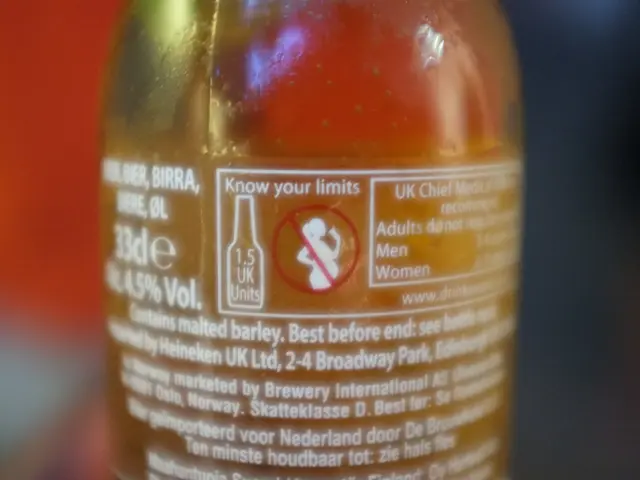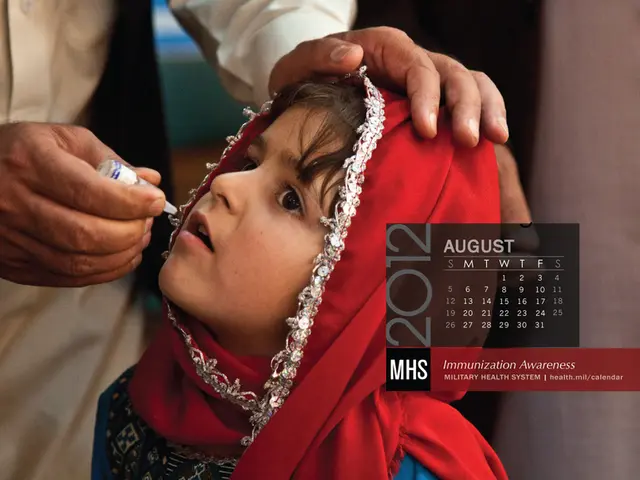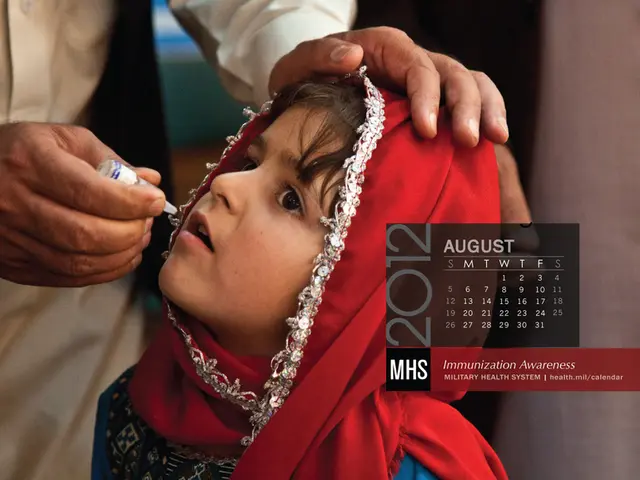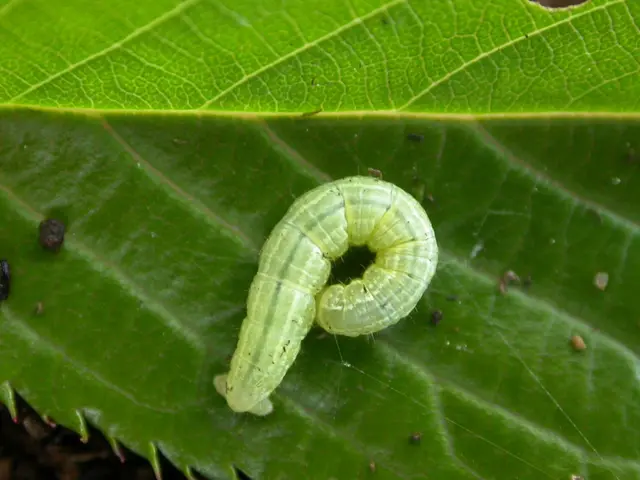Distinguishing Age Spots from Skin Cancer: Recognizing the Differences
Fresh Take:
Hey there! Let's talk about those pesky marks that pop up on our skin as we age, often leaving us scratching our heads, wondering if they're harmless or something more sinister. We're diving into age spots, skin cancer, and actinic keratosis, highlighting key differences between the three and sharing details on symptoms, diagnosis, and treatment options.
Age Spots vs. Skin Cancer
Age spots and skin cancer can share some similarities in appearance, but there's one crucial difference – age spots are completely harmless, while skin cancer isn't.
Age Spots (Liver Spots)
Age spots are those flat, oval dark areas you might notice on sun-exposed skin, especially on the face, hands, and shoulders. While they look a bit concerning at first, they're simply an overproduction of melanin, our skin's pigment. These marks are generally light to dark brown and have clear borders and uniform sizes. Thankfully, there's no need to treat them unless you're self-conscious about their appearance.
Skin Cancer
Skin cancer comes in various forms: Basal cell carcinoma, squamous cell carcinoma, and melanoma. Each type exhibits unique symptoms but generally appears as new growths, lumps, or sores that don't heal. The colors can range from pink, red, to brown or black, and they may be scaly, crusty, or ulcerated. Some skin cancers start as precancerous lesions called actinic keratosis, which we'll discuss next.
Actinic Keratosis
Actinic keratosis (AK) is a precancerous condition caused by prolonged sun exposure. AK appears as rough, scaly, or crusty patches of skin and can range from lighter to darker shades, even matching the color of your skin. These lesions can measure between 2 to 6 millimeters in diameter. Remember, while AK is precancerous, it doesn't always develop into skin cancer.
Symptoms
Age Spots
Age spots are usually asymptomatic, meaning they don't cause any discomfort. However, if you're concerned about their appearance, there are cosmetic treatments available like laser therapy, cryotherapy, or chemical peels.
Actinic Keratosis
Actinic keratosis may feel rough or scaly and can sometimes cause itchiness or tenderness. In some cases, AK lesions might become inflamed and painful.
Skin Cancer
Early stage skin cancer is often asymptomatic, but as it progresses, it may cause itching, tenderness, bleeding, or pain. Skin cancer growths might also exhibit visible changes such as rapid growth, increased size, or a change in color, shape, or texture.
When to Seek Medical Advice
If you spot any new or changing marks on your skin that are not part of your usual moles or freckles, it's crucial to consult a doctor. Early detection of skin cancer significantly improves treatment outcomes. Seek medical help if a mark on your skin:
- changes in color, shape, size, or location.
- looks different from other marks on the skin.
- itches, crusts, scabs over, or bleeds and does not heal within 4 weeks.
Diagnosis
A dermatologist will visually examine any suspicious marks on your skin to determine whether they're age spots, actinic keratosis, or skin cancer. In some cases, a biopsy may be required for definitive diagnosis.
Treatment
Since age spots are harmless, they generally don't require treatment. However, there are cosmetic options available if you wish to reduce their appearance, such as laser therapy, cryotherapy, chemical peeling, or topical bleaching agents.
On the other hand, skin cancer and actinic keratosis require proper treatment to prevent their progression. Treatment options vary depending on the type, location, and stage of the cancer and may include surgical excision, radiation therapy, topical chemotherapy, and targeted therapies like immunotherapy.
In conclusion
While age spots, actinic keratosis, and skin cancer may resemble each other, there are clear differences in their appearance, symptoms, diagnosis, and treatment. By understanding these differences, you'll be able to identify when to consult a healthcare professional to ensure early detection and effective treatment for skin cancer. Stay sun-safe, friends!
- Seniors should be aware that certain skin conditions like melanoma and skin cancer might require medical attention due to their increased risk of developing these conditions.
- Dermatology plays a crucial role in the diagnosis and treatment of skin conditions such as age spots, actinic keratosis, and various types of skin cancer, like basal cell carcinoma and squamous cell carcinoma.
- In the realm of science and health-and-wellness, ongoing research focuses on skin care and skin-conditions, with a particular emphasis on early detection, treatment options, and preventive measures for skin cancer among all age groups.
- Age spots, a common skin condition among seniors, share some similarities with skin cancer but are harmless, unlike melanoma or other skin cancers.
- Maintaining proper skin care, understanding different skin conditions, and managing medical-conditions like skin cancer and actinic keratosis through oncology treatments can contribute to overall health and wellness, emphasizing the importance of regular skin assessments and sun protection practices.








